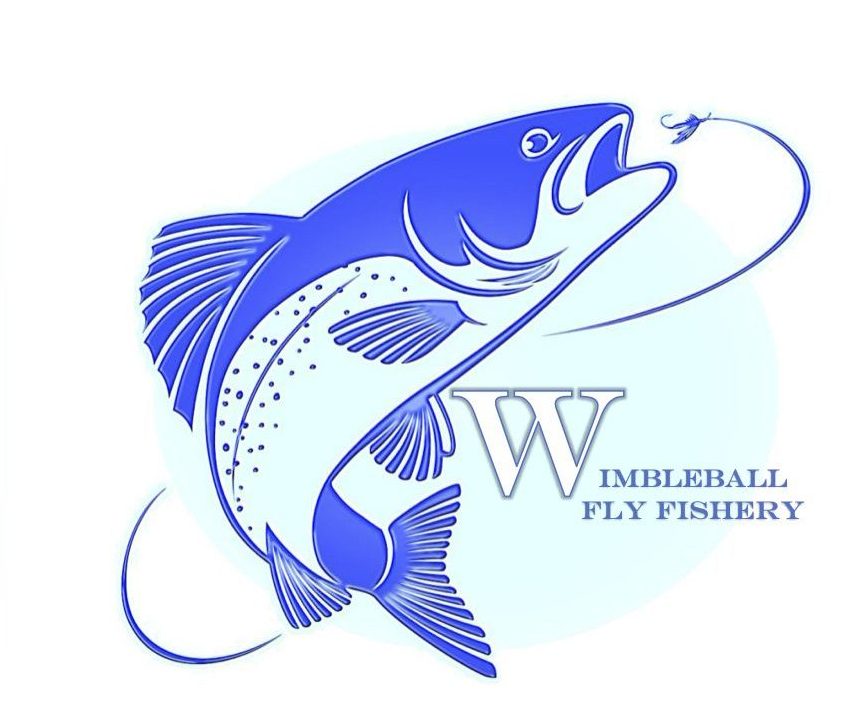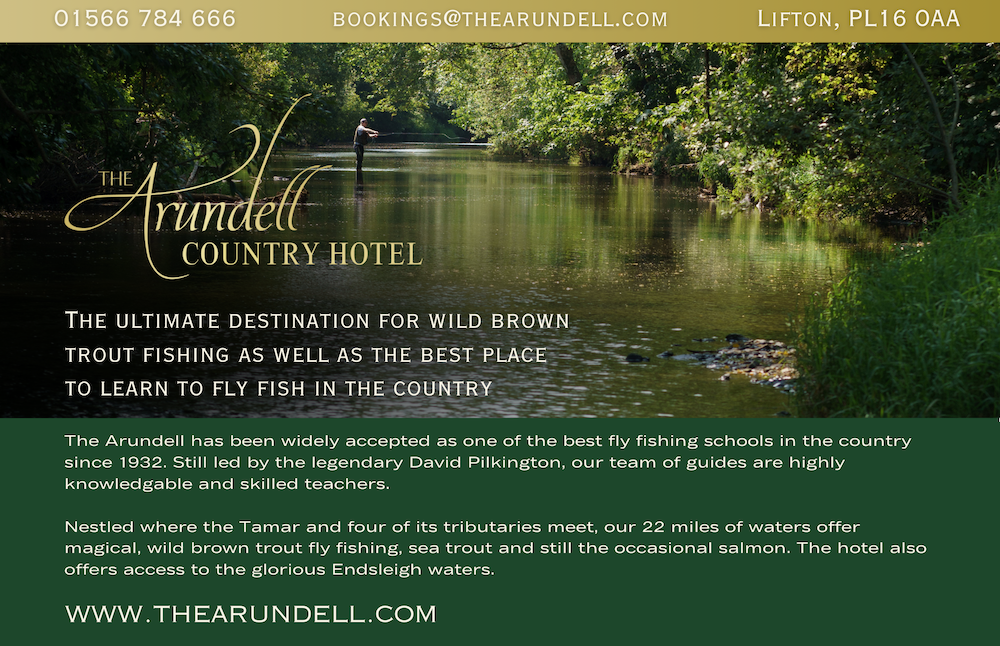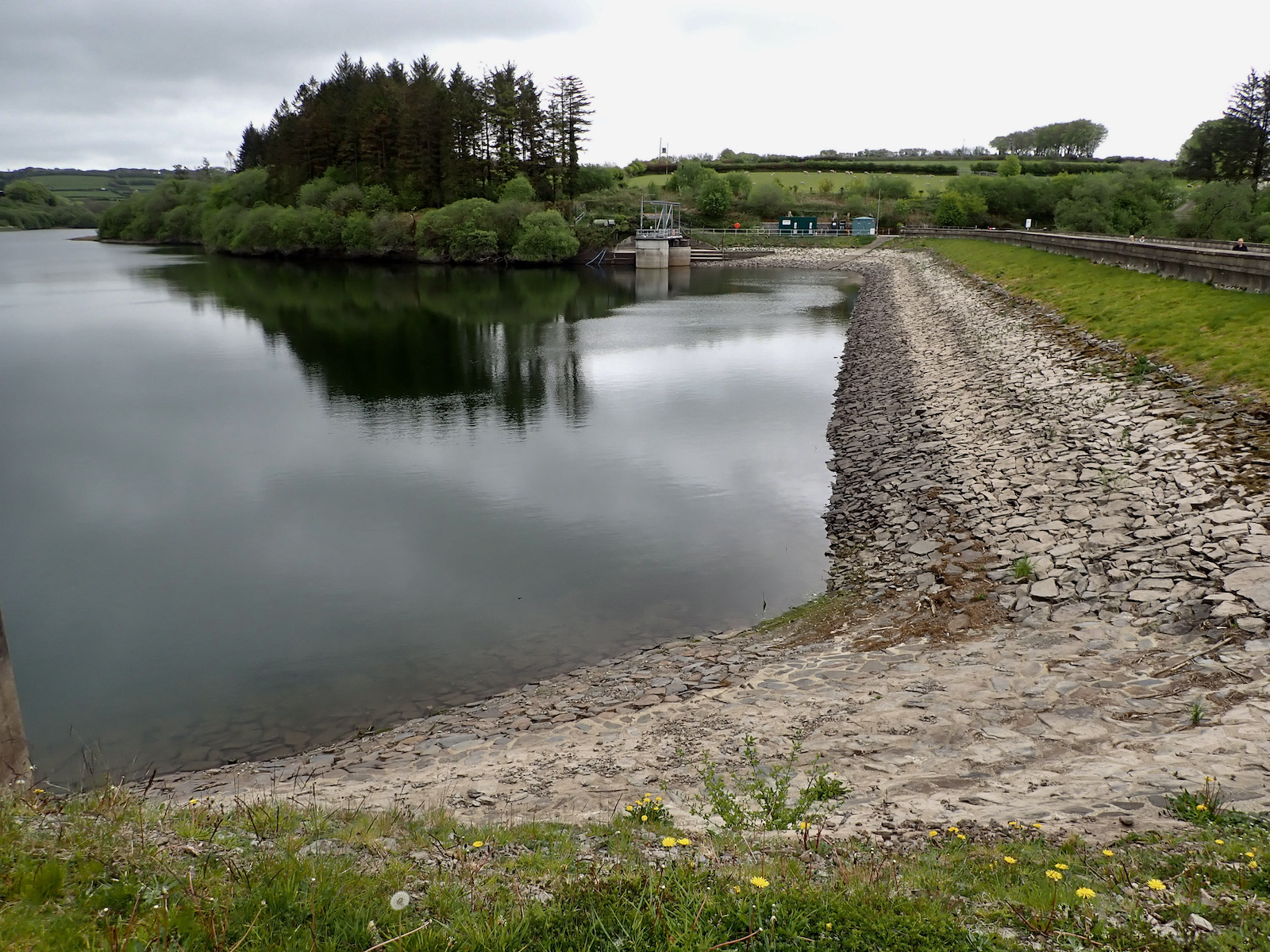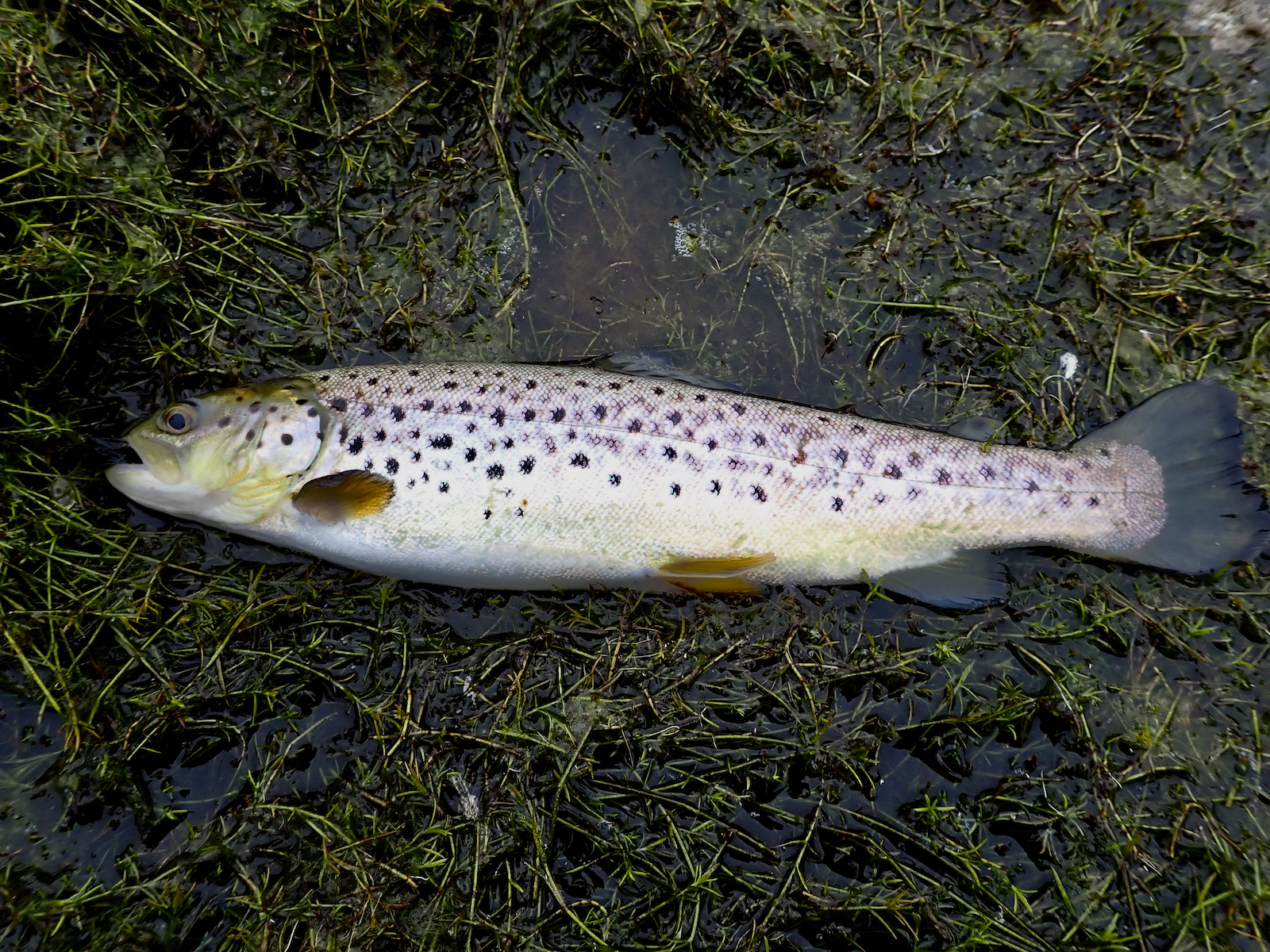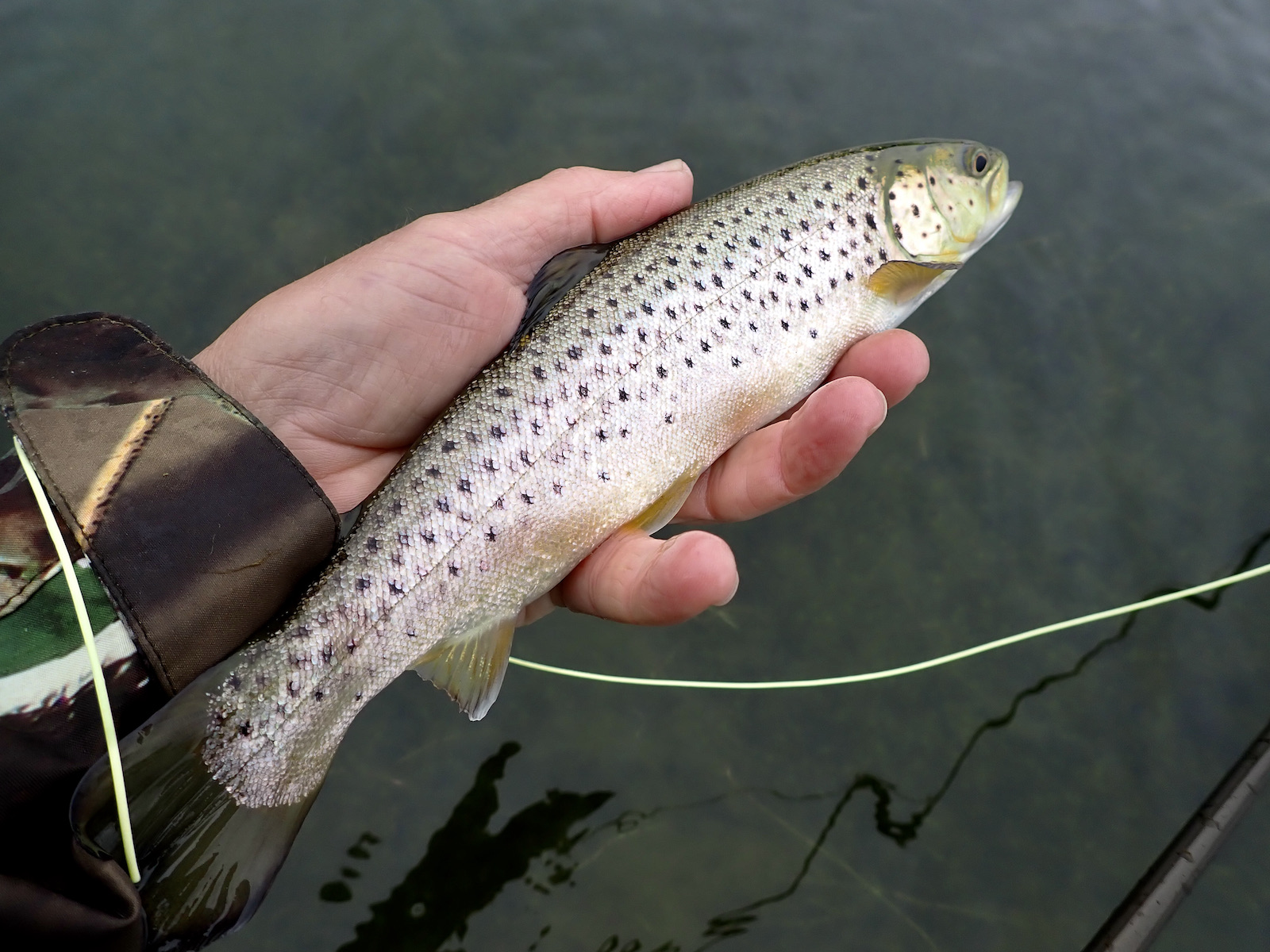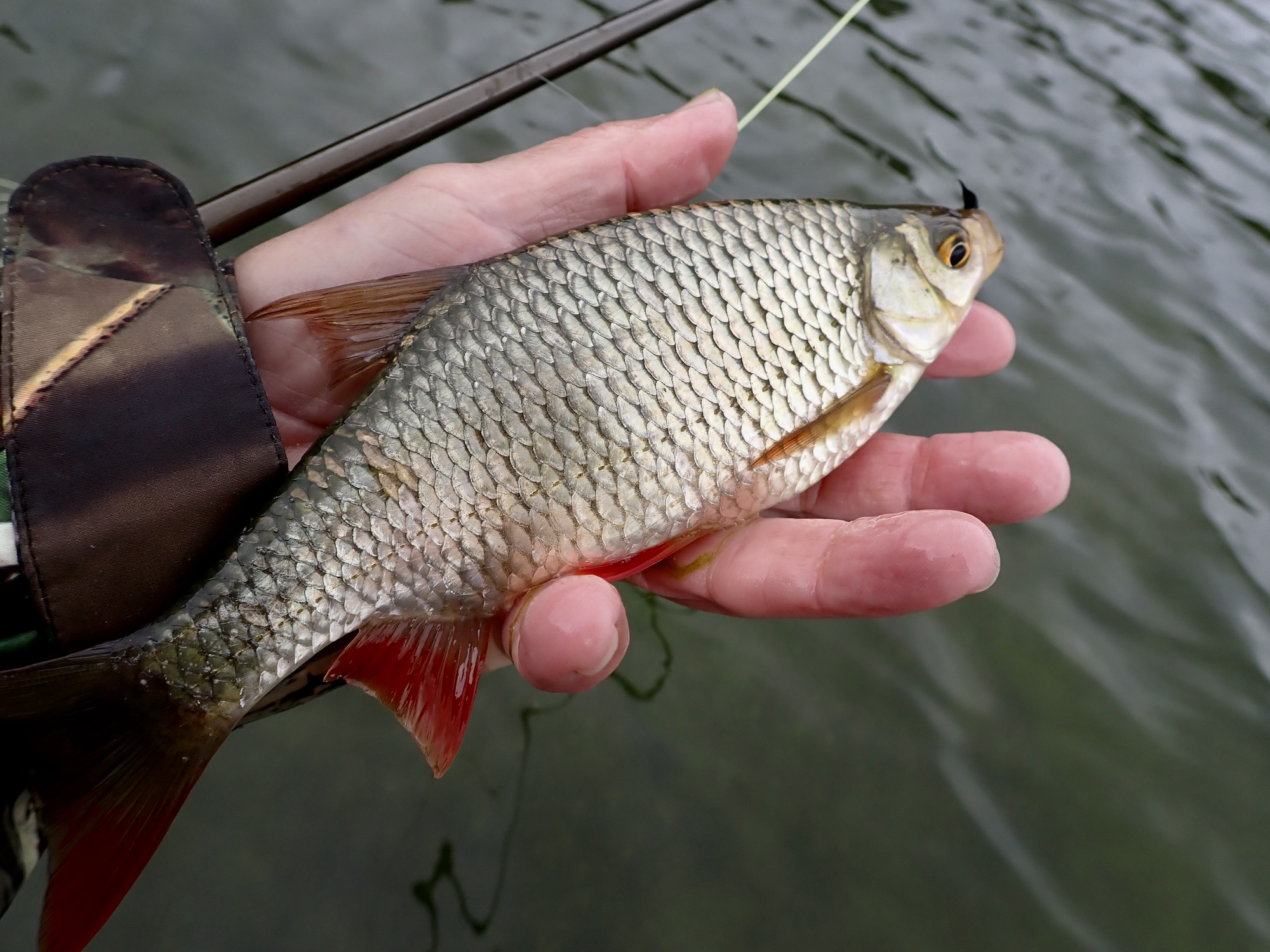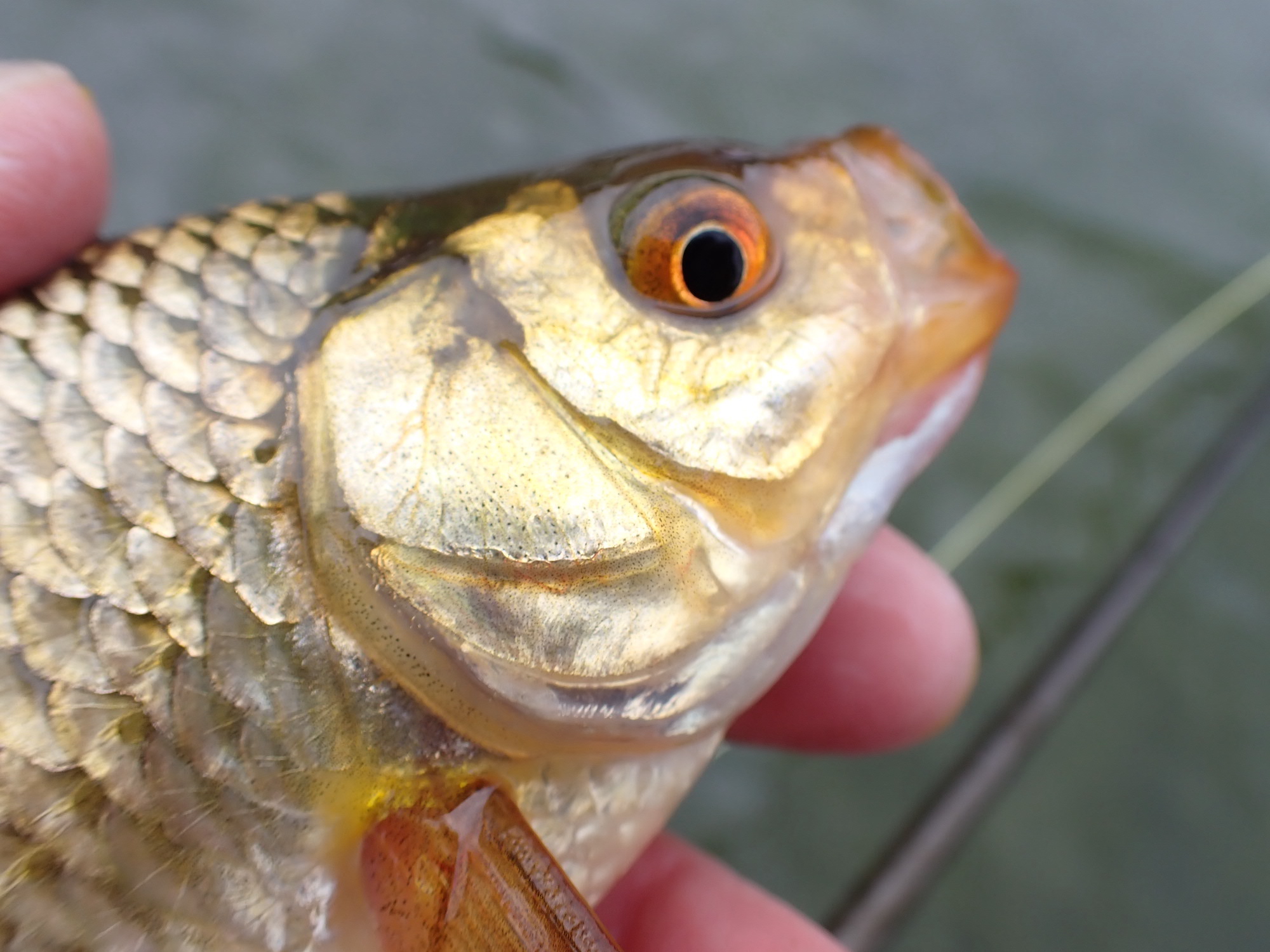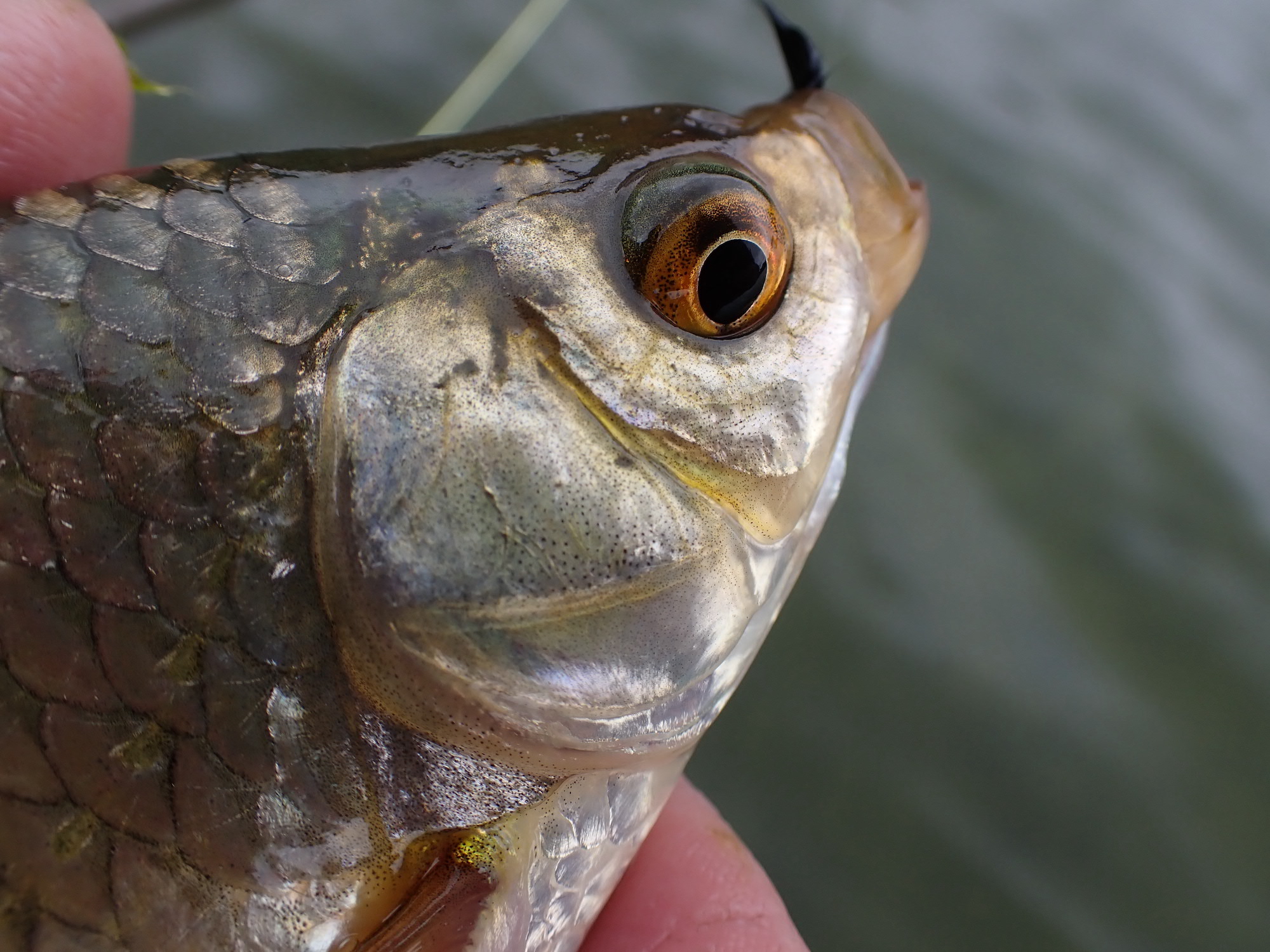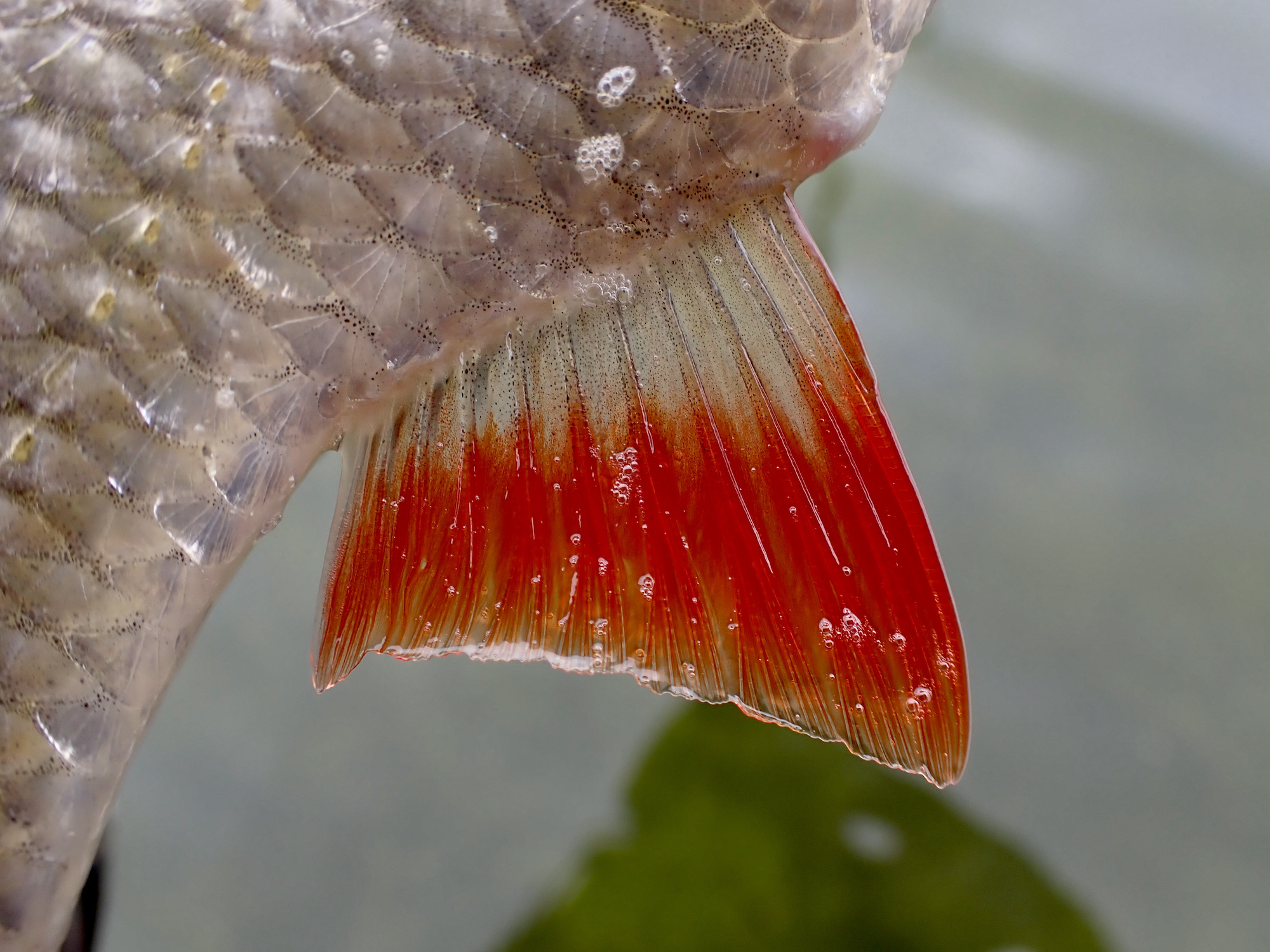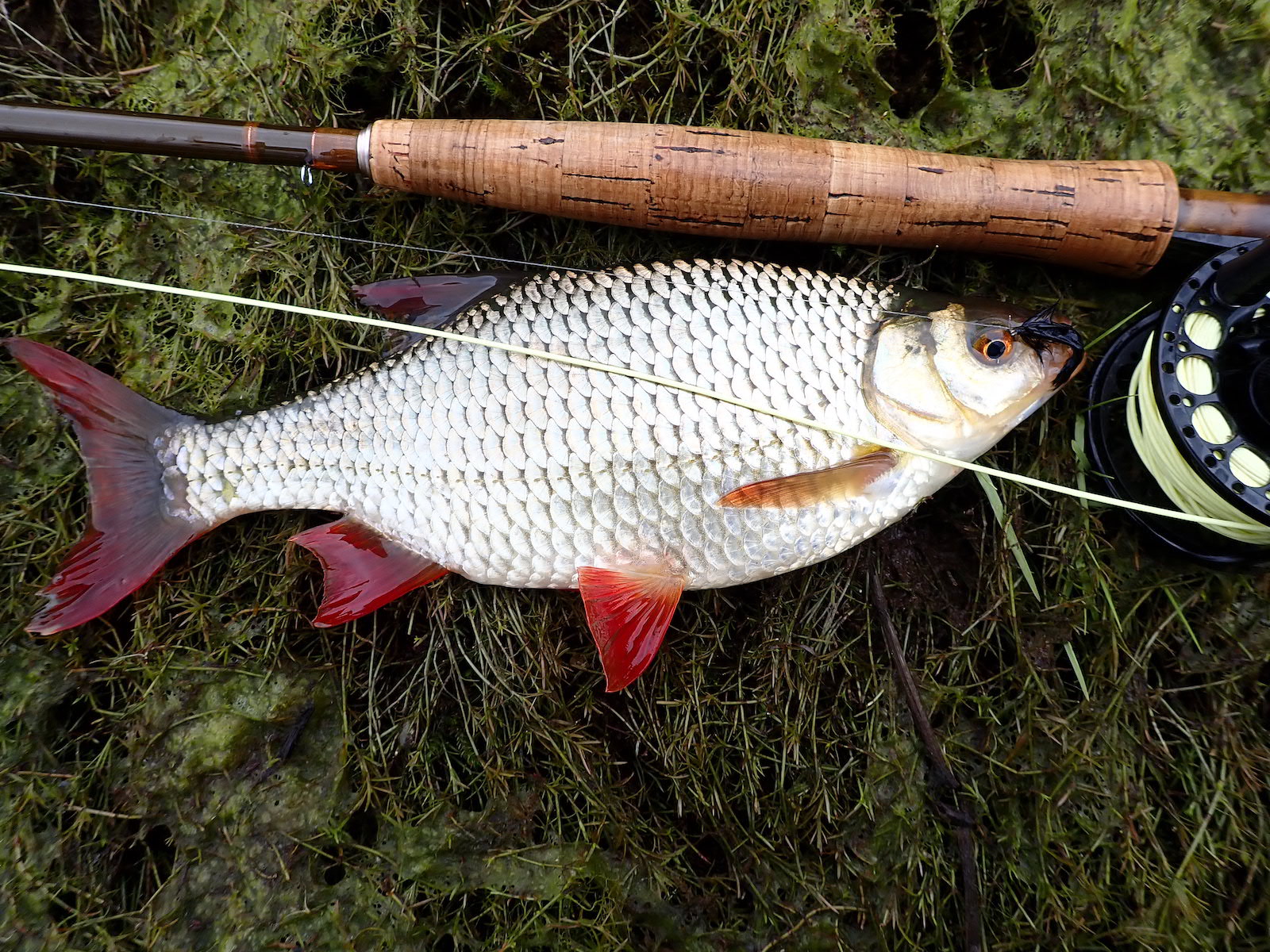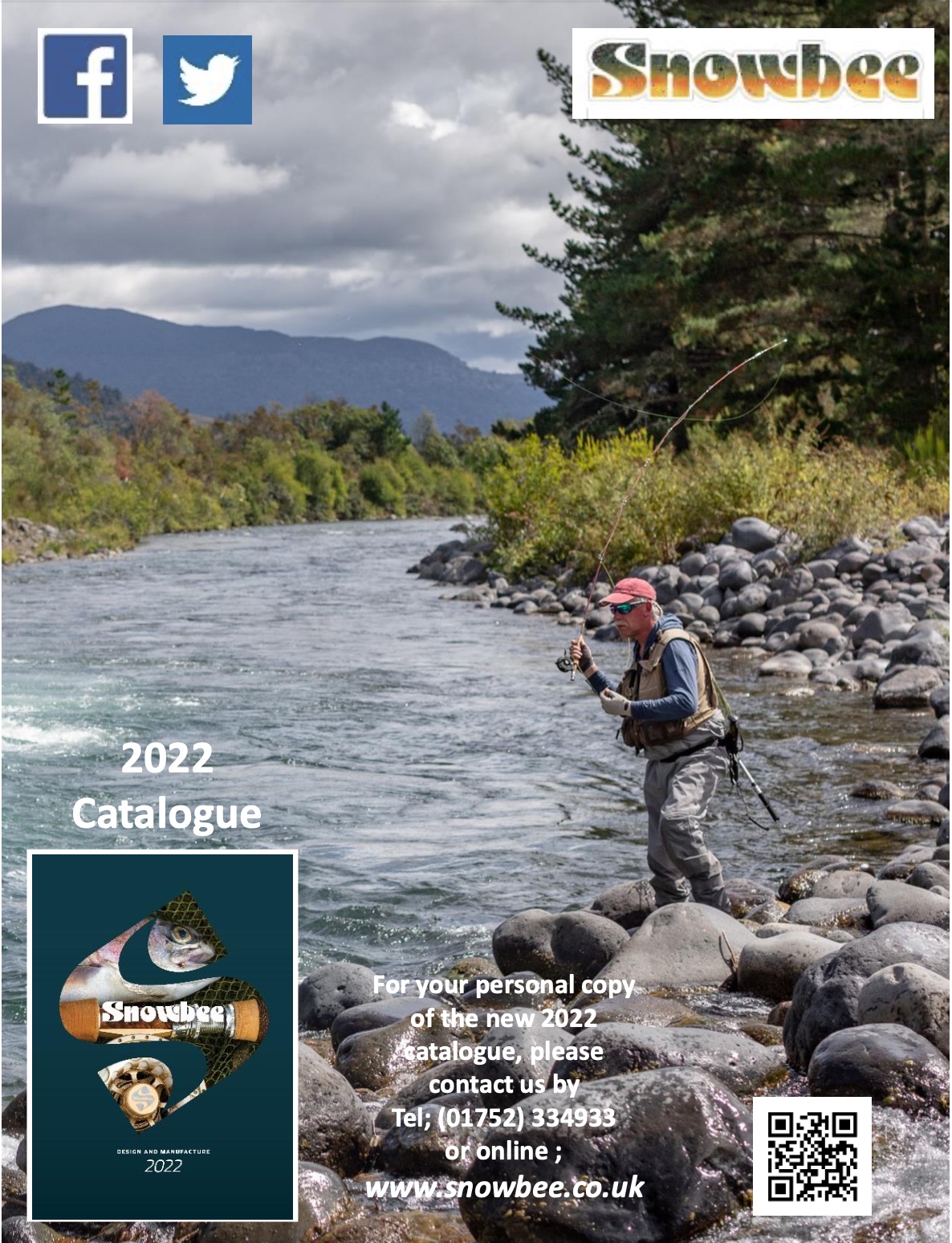South West Lakes Trust hosted their annual Fly Fair at Roadford where Fly anglers from all over the South West converged for this ever popular curtain raiser to a new season. A wide variety of stands represented those involved in the Fly Fishing Community. The events main sponsors were Chevron Hackles, Holmleigh Angling Centre, Catch, Snowbee and Turrall.
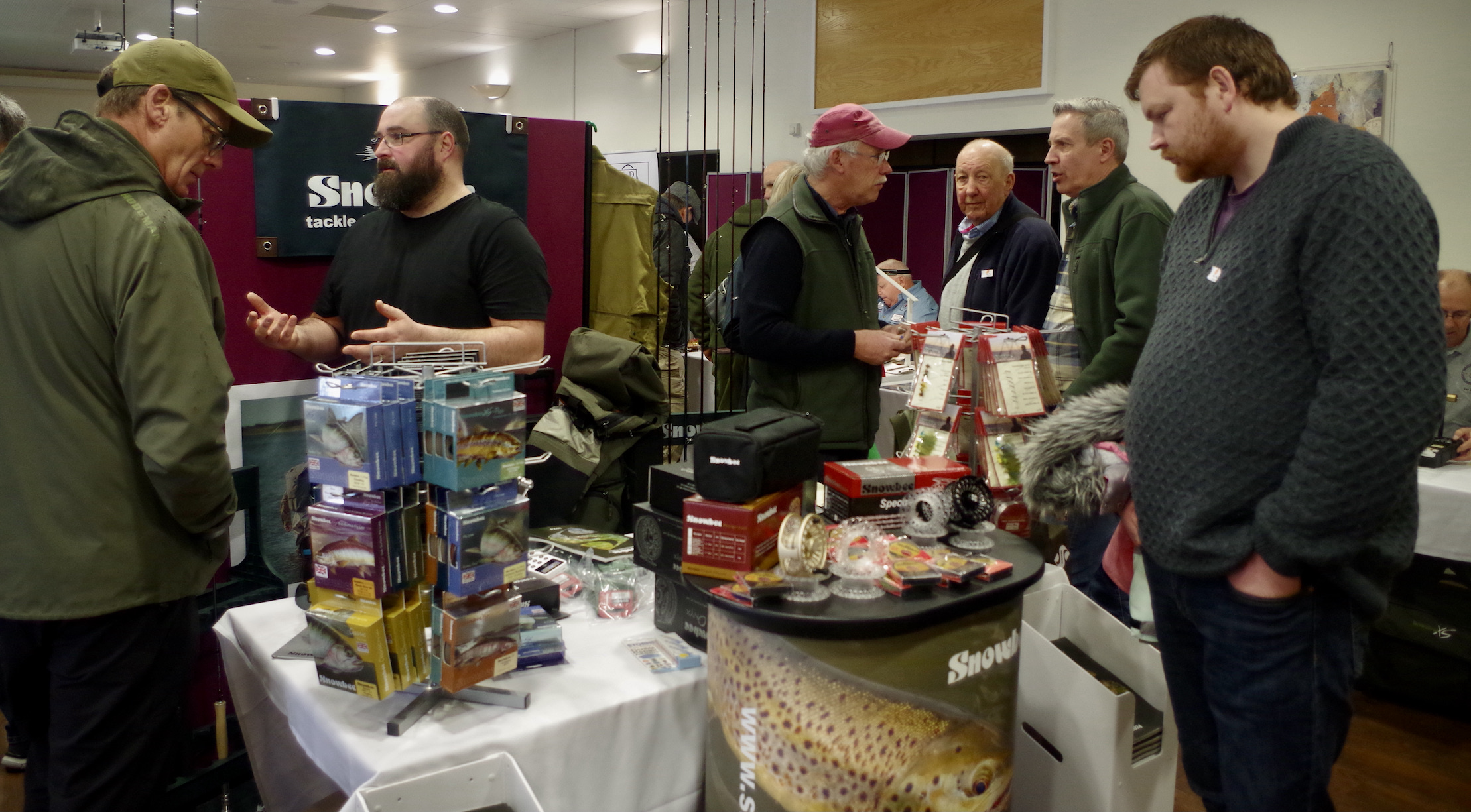
Charles Jardine opened the event stressing the need for anglers to get out fishing and support their local fisheries. He also spoke of the benefits of introducing young people into the fascinating world of fly fishing that has many positive benefits for mental health and general well-being.
Discussion flowed freely throughout the day with many plans set for the coming season. The long wet winter has undoubtedly impacted upon winter fishing with those fly anglers seeking sport with grayling and pike having a difficult time with only short periods when conditions were suitable to visit the water’s edge.
There has been considerable change over recent seasons as society has been impacted upon by Brexit, Covid and the cost of living crisis. Angling and fly fishing has of course been affected by all of this but it is perhaps even more important that our pastime thrives to bring much needed sanctuary from this gloom laden world.
Fly fishing has long been seen as a rather elitist branch of angling and when I started casting a fly fifty years ago the art of fly casting was still to some extent seen as a sport for the gentry.
The boom in Stillwater trout fishing during the 1970’s broke down these social barriers to some extent as a wider section of society enjoyed catching rainbow trout stocked into water supply reservoirs.
I remember being thrilled to catch the occasional limit bag of trout when I started out with the fish averaging around 1lb. As fisheries spread competition increased and small still-waters started opening stocking ever larger trout. Into the 1980’s and 1990’s double figure rainbow trout became a regular feature with some fisheries stocking fish to over 20lb.
This increasingly artificial commercial fishing resulted in ever increasing expectations from anglers. Another factor that perhaps influenced stocking was a significant increase in cormorant populations across reservoirs. The stocking of rainbows under 1lb 8oz became unviable as smaller trout were simply mopped up by these predatory birds.
Covid impacted upon us all but there was an initial post covid boom in fishing as anglers escaped to the great outdoors to enjoy a pastime that offered a safe environment. The value of fishing to mental health became much appreciated and for a time it seemed fly fishing was in a good place.
Sadly, the cost of living and angler’s unrealistic levels of expectation has resulted in an unsustainable situation. The spiralling cost of fish food and hot summers has impacted upon the farms that provide stock fish. The result is that fisheries are forced to pass the costs onto customers. In a cost of living crisis, it is very much a case of the survival of the fittest and as a result we are seeing the collapse of some fisheries Draycote Water in the Midlands being a case in question.
So having painted a rather gloomy picture of the fly fishing world in this country I will now look for those proverbial green shoots.
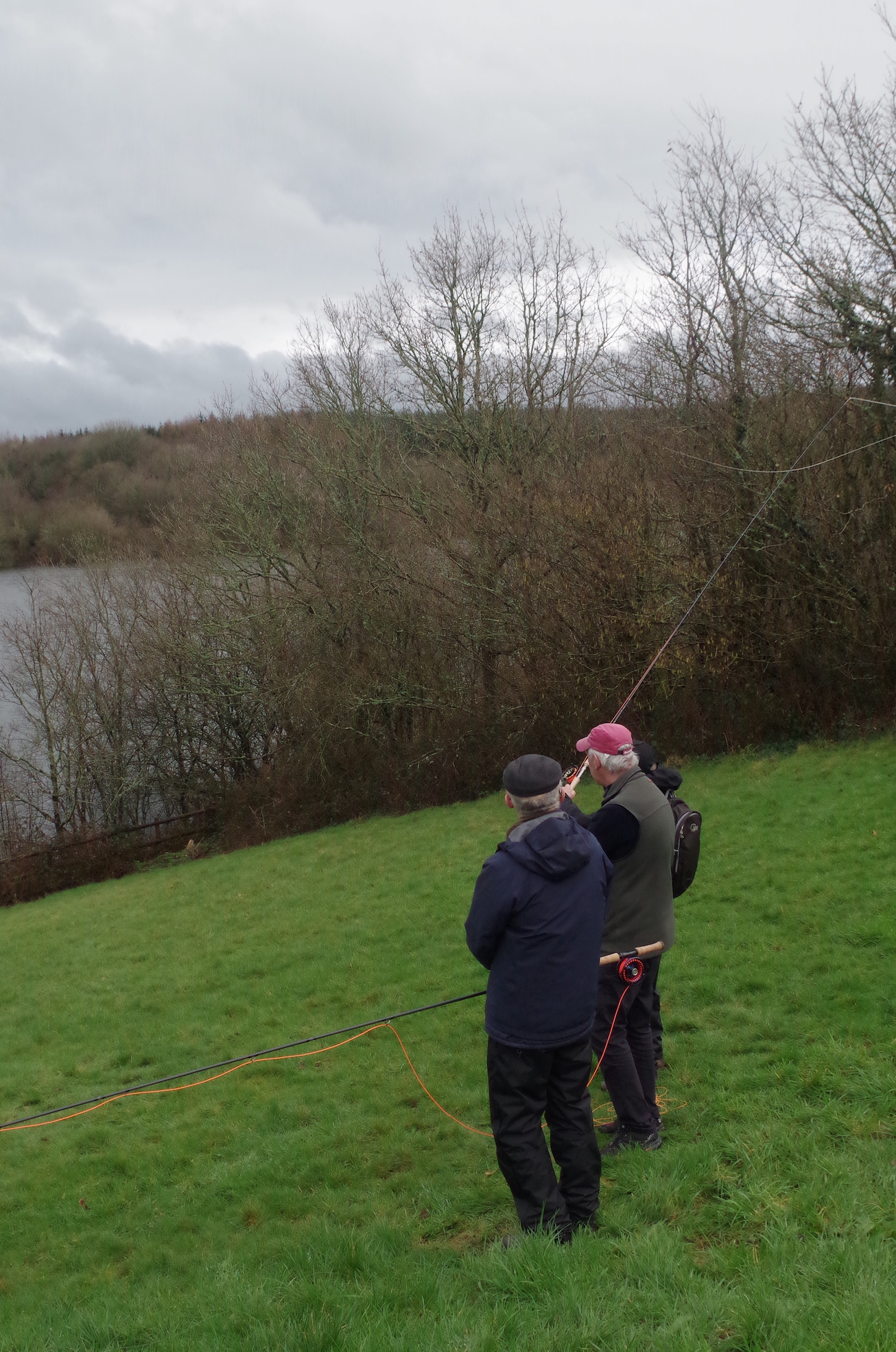
This year’s fly fair brought together a wide dynamic of anglers from the West Country Fly Fishing scene. With a new season ahead, there was undoubtedly a positive and optimistic drive as the leaders of this pastime urged us to get out fishing and support our local fisheries.
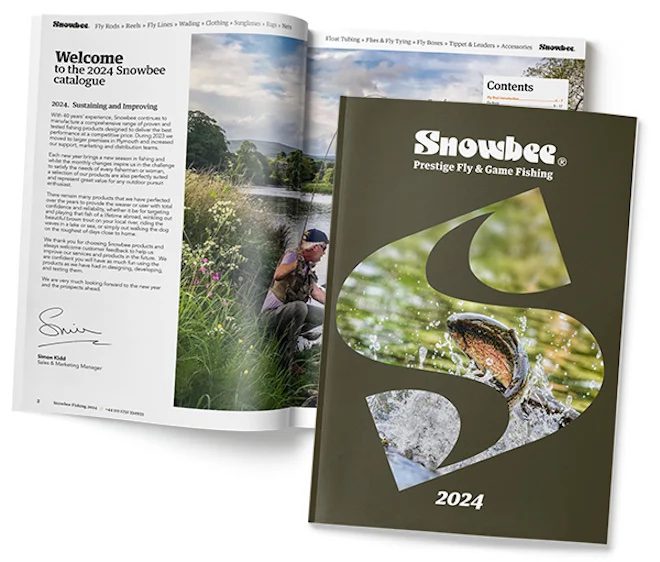
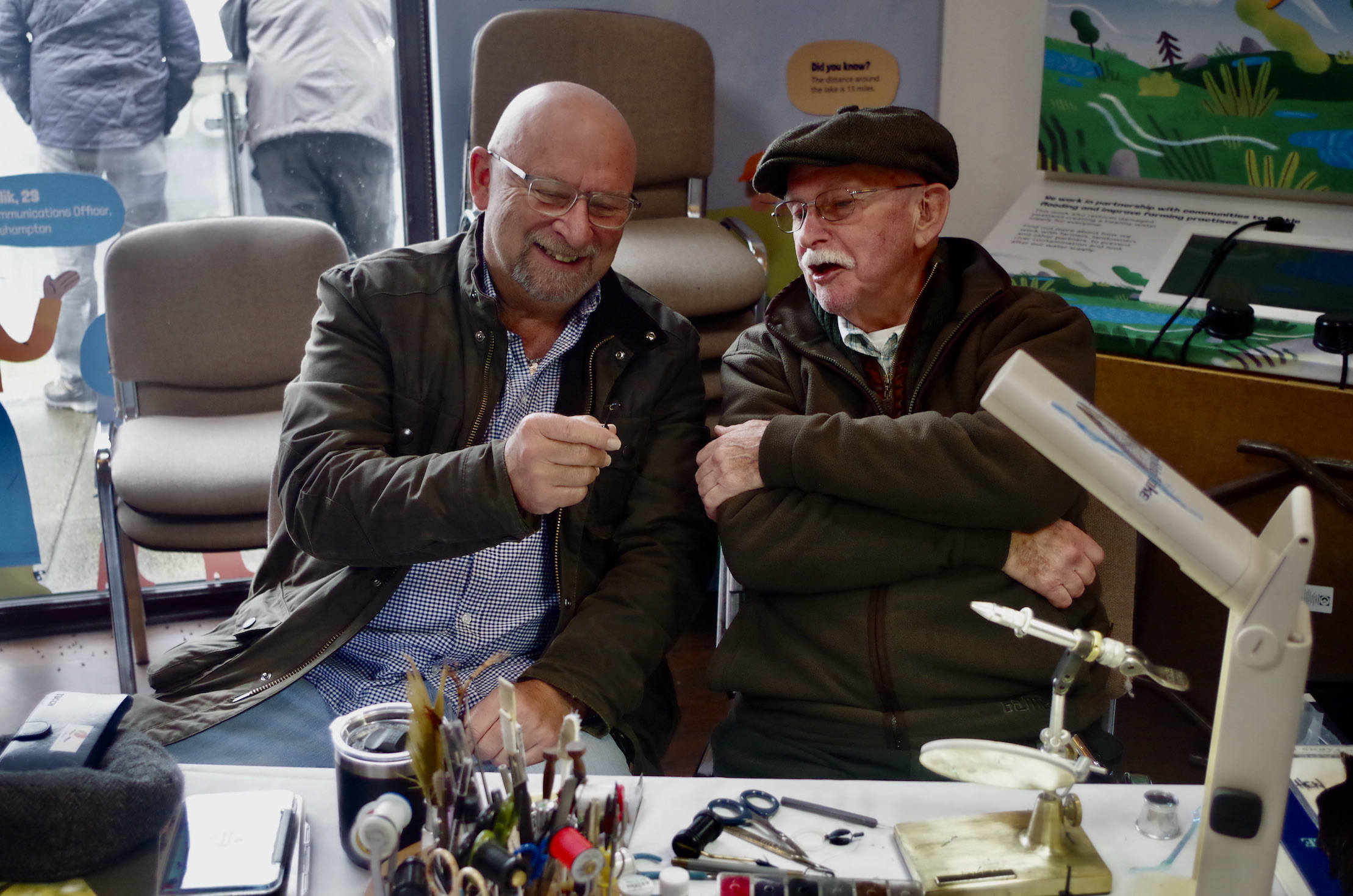
Concern for the environment was evident with fishery associations promoting their waters that are often surprisingly cheap alternatives to the commercial waters.

Companies like Catch and Fish Pass are now offering a new way to buy day permits using the latest mobile phone technology.
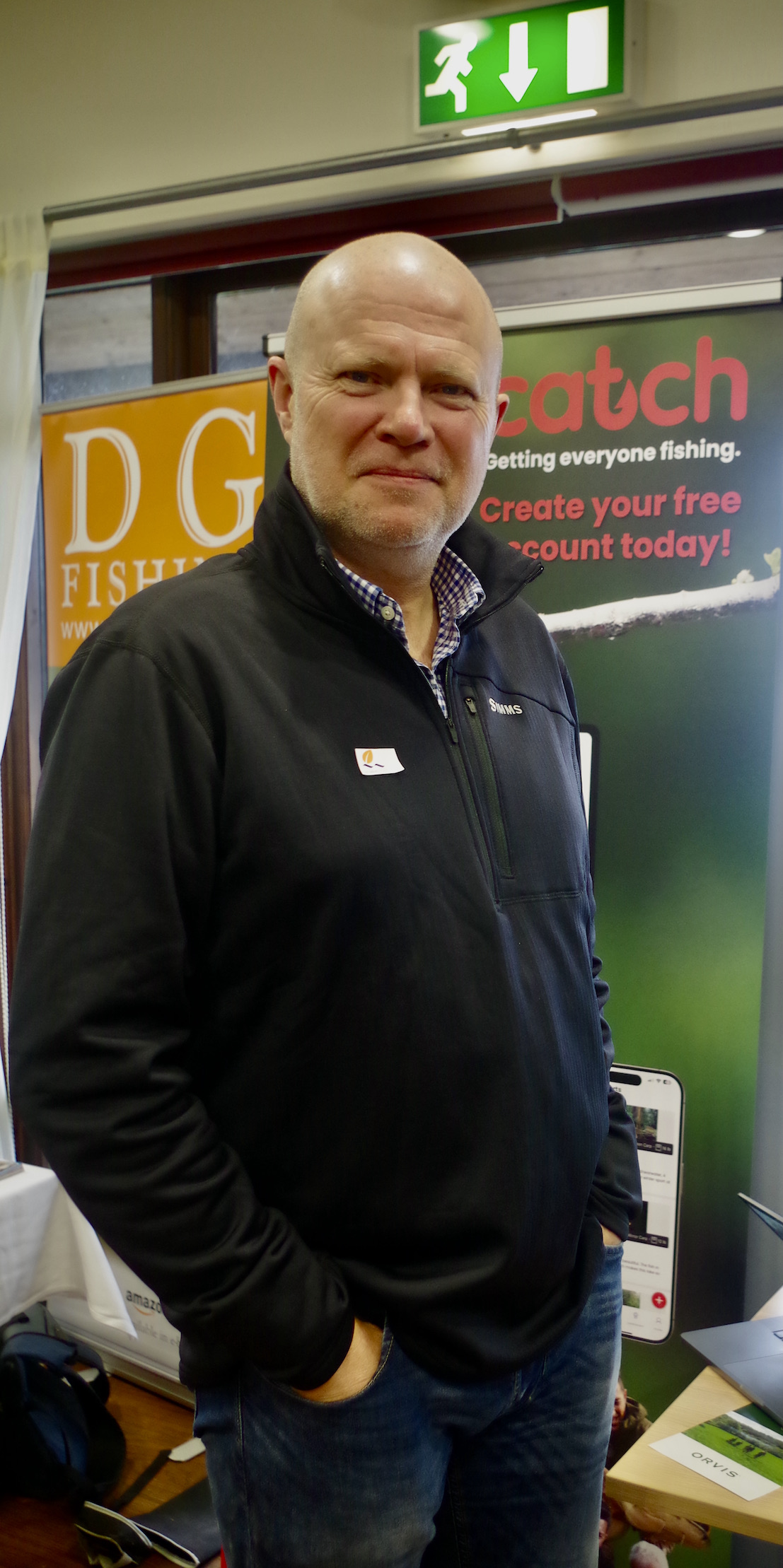
In contrast to the modern world traditional craftsmen like Luke Bannister were at hand to display magical wands of split cane that add sweet perfection to an angler’s day.
I took pleasure in introducing Michelle Werrett whose new book Song of the Streams is enchanting readers to fellow author Mike Weaver whose writing has delighted West Country anglers for many decades. His book In Pursuit of Wild Trout published in 1991 is a classic tome that is timeless in its validity.
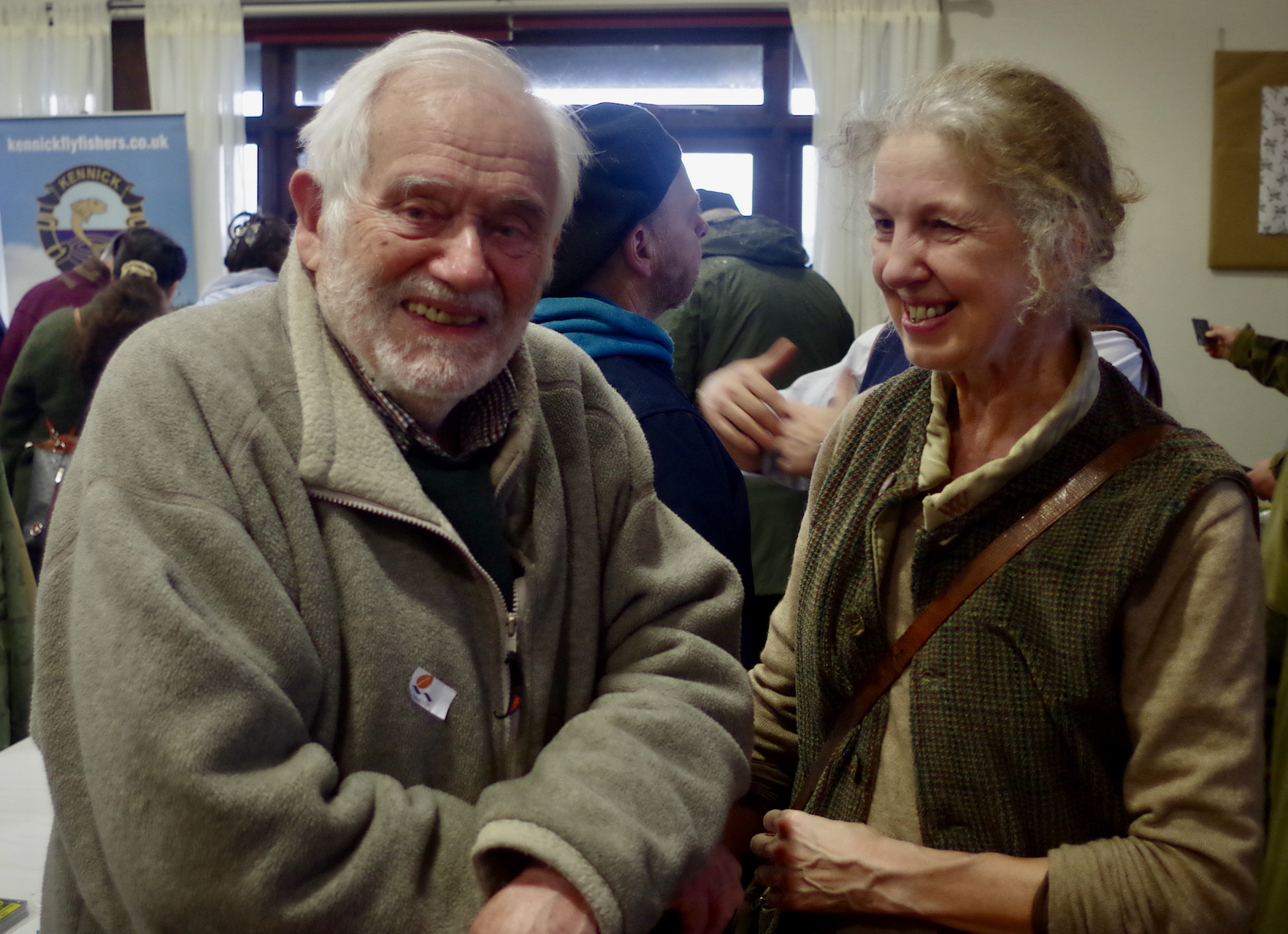
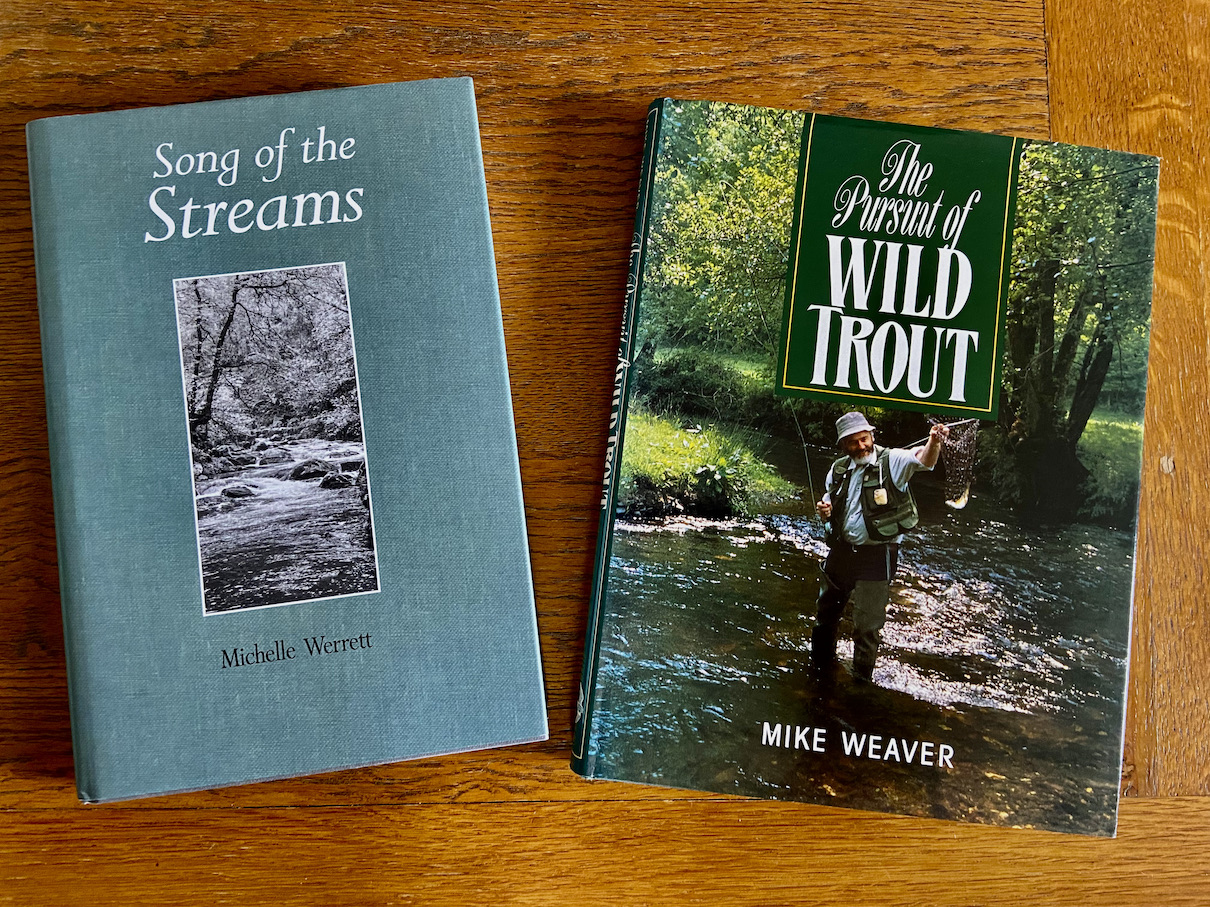
The West Country has a wealth of wild streams that offer exciting fishing for wild brown trout and a sadly diminishing number of salmon and sea trout. Adrian Bryant has been promoting the excellent film Riverwoods across the region and I joined him in presenting a short preview of this film giving my own brief view on the tragic decline of salmon.
Chatting with many at the Fly Fair it was apparent that there is a willingness to adapt and there are signs that new thinking is starting to break down the barriers of tradition. There is a growing desire to fish for varied species across different waters.
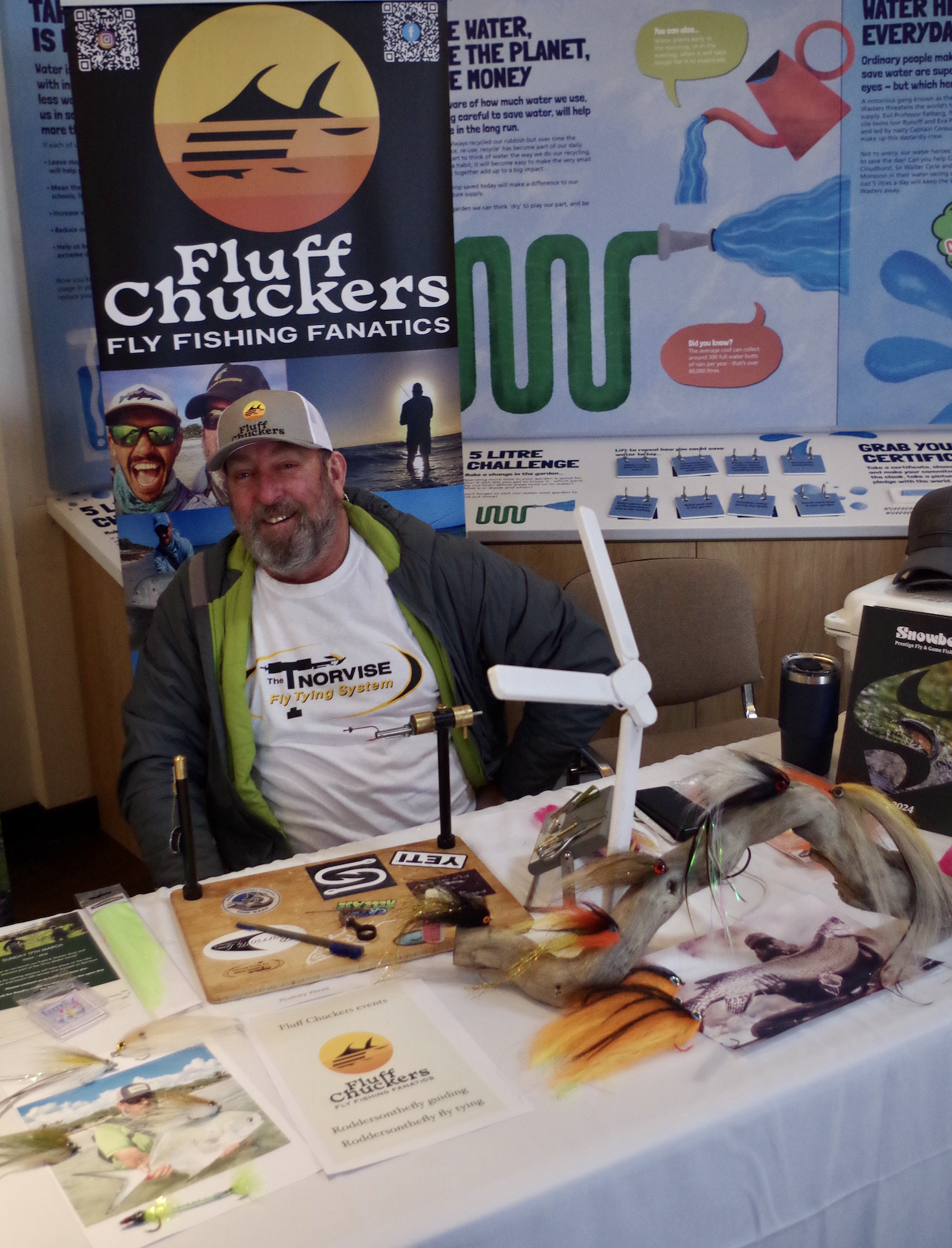
Pike from large stillwater’s and canals are an increasingly reported trend. Perch, rudd and carp are also gaining a following with Dominick Garnett columnist for the Angling Times giving a thought provoking talk on fly fishing for coarse fish. There is also an increasing number of anglers targeting sea fish with bass and mullet offering exciting sport during those hot months of summer when the trout are dwelling deep down in the reservoirs.
There are those who taking fly fishing into cross over territory with LRF with talk of using squirmy flies employed to catch blennies and other species from rock pools using 2 wt. rods more often used to target wild brown trout in moorland streams.
The definition of Fly Fishing on Wikipedia is “ Fly fishing is an angling technique that uses an ultra-lightweight lure called an artificial fly, which typically mimics small invertebrates such as flying and aquatic insects to attract and catch fish.”
This differs somewhat to my own thoughts where I had always believed fly fishing to be a technique that involves projecting the fly to the fish using a line as the weight. The traditional casting styles were entrenched within my mind set. But I now see an unfurling world of unorthodox presentations as anglers dibble and jig their flies or lures.
This is a world far from those days captured within the classic tomes depicting Fly Fishing on the revered chalk streams of England. Surely though there is room for all as our splendid pastime evolves as it always has?
We are living in times far removed from those of Halford whose doctrine of the Upstream Dry Fly stimulated debate within the world of the wealthy and privileged during Victorian Times.
I returned home from this year’s fly fair full of enthusiasm for the coming season with plans made that this year I really must try to make happen.
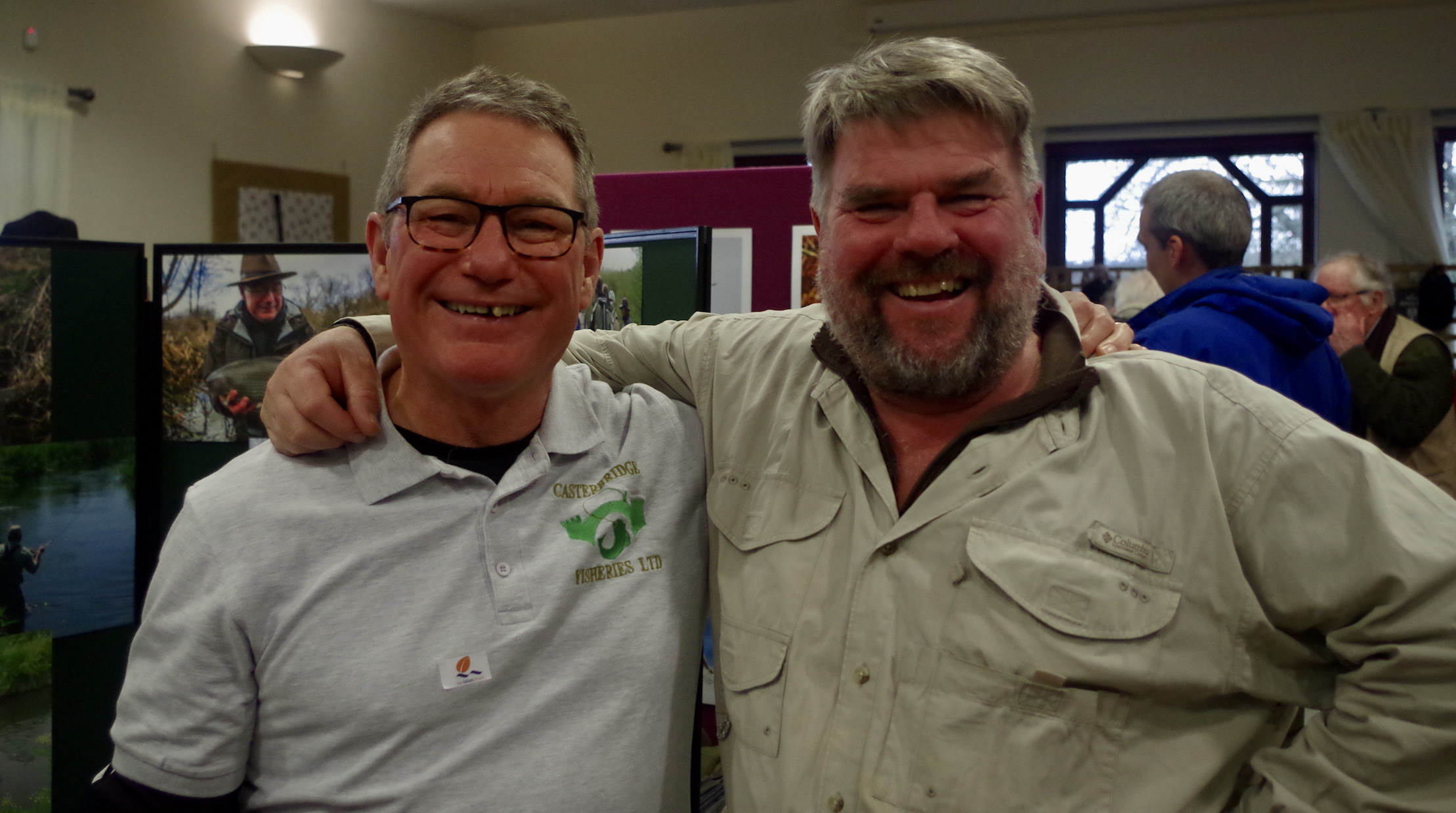
Many thanks to Ashley Bunning and all at South West Lakes Trust for hosting a fabulous fair.


